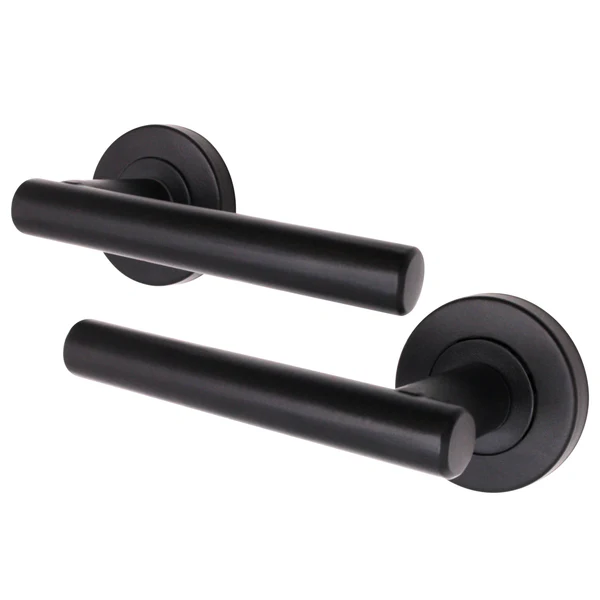Enhancing Safety and Efficiency in Warehouses: The Advantages of Forklift Collision Avoidance Systems
Modern warehouses are bustling environments, with a constant flow of goods, equipment, and personnel. Among the most critical pieces of machinery in these settings are forklifts, indispensable for moving heavy loads.
However, their operation comes with inherent risks, particularly the potential for collisions. Implementing a forklift collision avoidance system offers a significant leap forward in mitigating these dangers, transforming warehouse safety protocols and operational efficiency.
These advanced systems are designed to create a safer working environment, reducing the likelihood of accidents and their costly repercussions.
Mitigating Workplace Accidents and Injuries
The most compelling benefit of a Forklift Collision Avoidance system is its direct impact on reducing accidents and injuries. These systems employ various technologies, such as proximity sensors, cameras, and real-time alerts, to detect potential collisions between forklifts, pedestrians, and stationary objects.
By providing timely warnings to operators, the system allows for proactive evasive action, significantly lowering the risk of impact. This translates directly to fewer workplace injuries, improving employee well-being and reducing medical costs and lost workdays.
Protecting Valuable Assets and Infrastructure
Beyond safeguarding personnel, a forklift collision avoidance system also plays a crucial role in protecting valuable warehouse assets and infrastructure.
Collisions can lead to damaged inventory, racking systems, and even the forklifts themselves, resulting in substantial financial losses.
By preventing these incidents, the system helps preserve the integrity of goods, extends the lifespan of equipment, and reduces the need for costly repairs to warehouse structures. This proactive protection of physical assets contributes directly to a healthier bottom line.
Boosting Operational Efficiency and Productivity
While primarily focused on safety, a forklift collision avoidance system can also enhance operational efficiency. When operators feel safer and are less concerned about potential collisions, they can navigate the warehouse with greater confidence and focus.
This can lead to smoother material flow, reduced bottlenecks, and ultimately, faster turnaround times for tasks.
Fewer accidents also mean less downtime for investigations, repairs, and accident-related procedures, allowing operations to run more consistently and productively. The peace of mind offered by these systems allows for more streamlined workflows.
Reducing Insurance Premiums and Liabilities
The implementation of robust safety measures, such as a forklift collision avoidance system, can positively influence a company’s insurance premiums.
Insurers often offer more favorable rates to businesses that demonstrate a commitment to workplace safety and have a proven track record of reduced incidents.
By minimizing the frequency and severity of accidents, warehouses can present a lower risk profile, leading to potential savings on liability and workers’ compensation insurance. This financial incentive further underscores the value of investing in such advanced safety technology.
Enhancing Operator Awareness and Training
A forklift collision avoidance system not only acts as a safety net but also serves as a valuable tool for enhancing operator awareness and training.
The real-time alerts and visual cues provided by the system can help operators develop a better understanding of their surroundings and potential hazards.
This ongoing feedback can reinforce safe driving practices and highlight areas where operators might need additional training or attention. Over time, this can lead to a more skilled and safety-conscious workforce, fostering a culture of vigilance within the warehouse environment.












